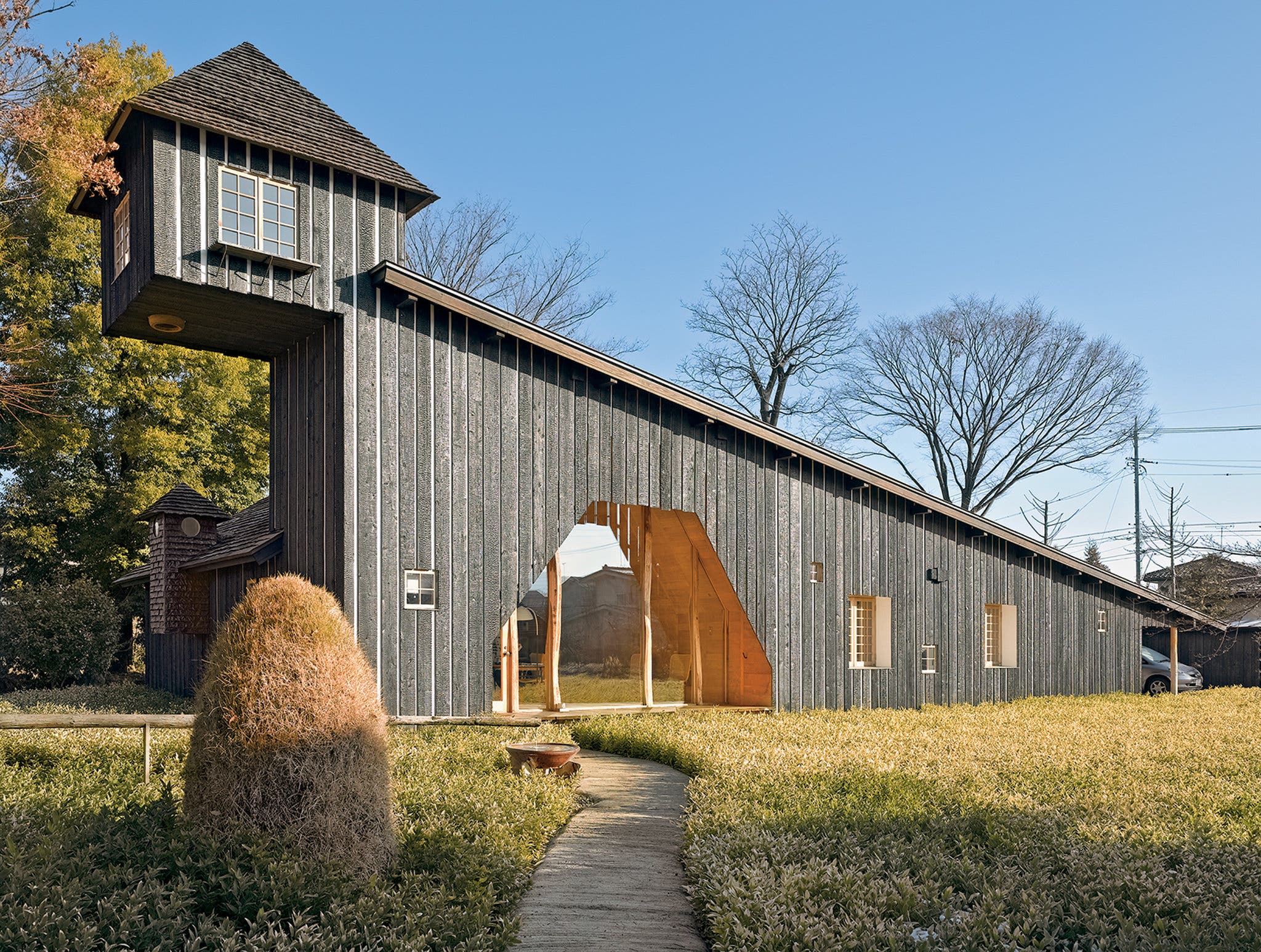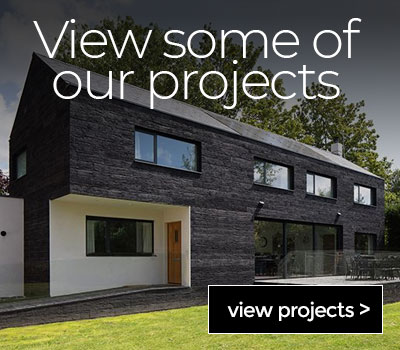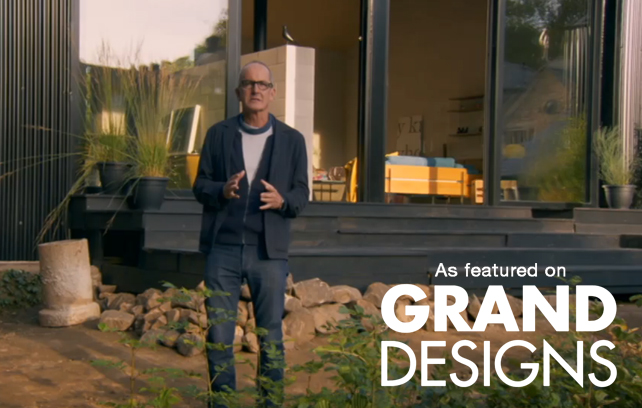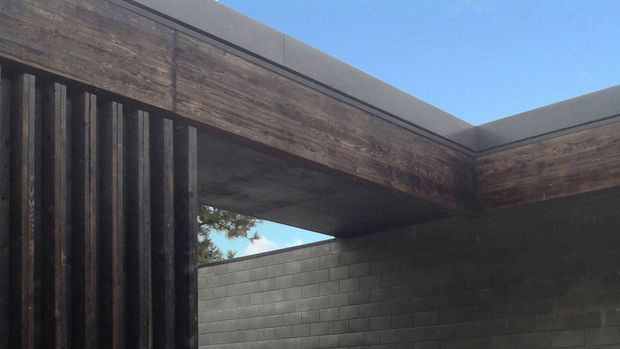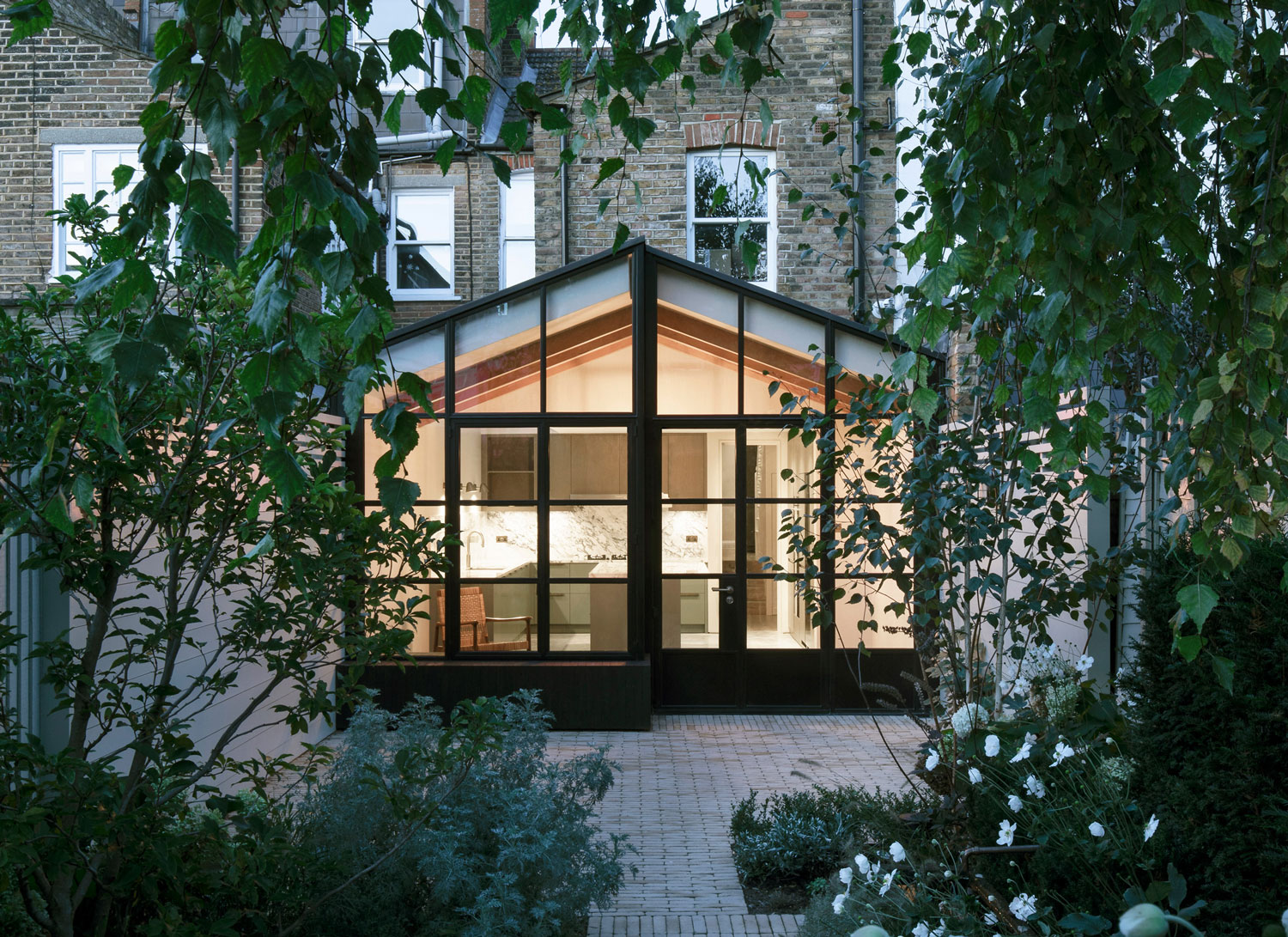ON THE WINDSWEPT southern side of Martha’s Vineyard, at the end of a rural road that emerges from a dark copse of oak trees, sit two austere, inky-black farmhouse-style buildings — a studio and a private residence — that compose Chilmark House. Designed by the New Haven, Conn., firm Gray Organschi Architecture with Aaron Schiller, founder of the New York City-based Schiller Projects, the home, which was built for Schiller’s family, is clad in approximately 80 charred louvers he torched entirely by hand. The striking ebony hue feels at once ancient and modern: Here is the enveloping matte darkness of Anish Kapoor’s Vantablack paint and the glittering primordial obsidian of lava rock. In the foggy early morning light, as the heavy marine layer rolls off the Atlantic, the house emerges dark and startling, as though it was dipped in oil. At other times of day, its opaque blackness, which seems to absorb all the light that surrounds it, acts as a kind of backdrop for the sky’s quicksilver mood changes.
Schiller, like an increasing number of Western architects and designers these days, created the house’s arresting exterior using a process known as Yakisugi, a centuries-old Japanese technique for preserving and finishing wood by charring it with fire. The treatment — which leaves behind a dense, carbonized layer of blackness — has been around since at least the 18th century, though earlier examples exist. It began as a practical process used mostly for fencing and the facades of rural homes and storehouses, which held valuables, like rice, that families hoped to protect from blazes. Interestingly, while it is no longer as popular as it once was in Japan, it’s found new life in the West. ‘‘It’s become quite stylish,’’ says Marc Keane, a landscape architect and author who has lived and worked in Kyoto for 18 years, ‘‘but in the past, in Japan, it was considered countrified.’’
Yakisugi is the Westernized term for what is known in Japan as yaki sugi-ita (or just yakisugi), which translates loosely into ‘‘burned cedar board.’’ (Although in English ‘‘sugi’’ is colloquially defined as cedar, it’s actually Cryptomeria japonica, a Cypress-family species indigenous to Japan.) To achieve the effect, planks of wood are treated with heat on their outward faces only: Traditionally, three boards are tied together lengthwise to form a triangular tunnel. The interior is then set on fire and the scorched surface cooled with water.
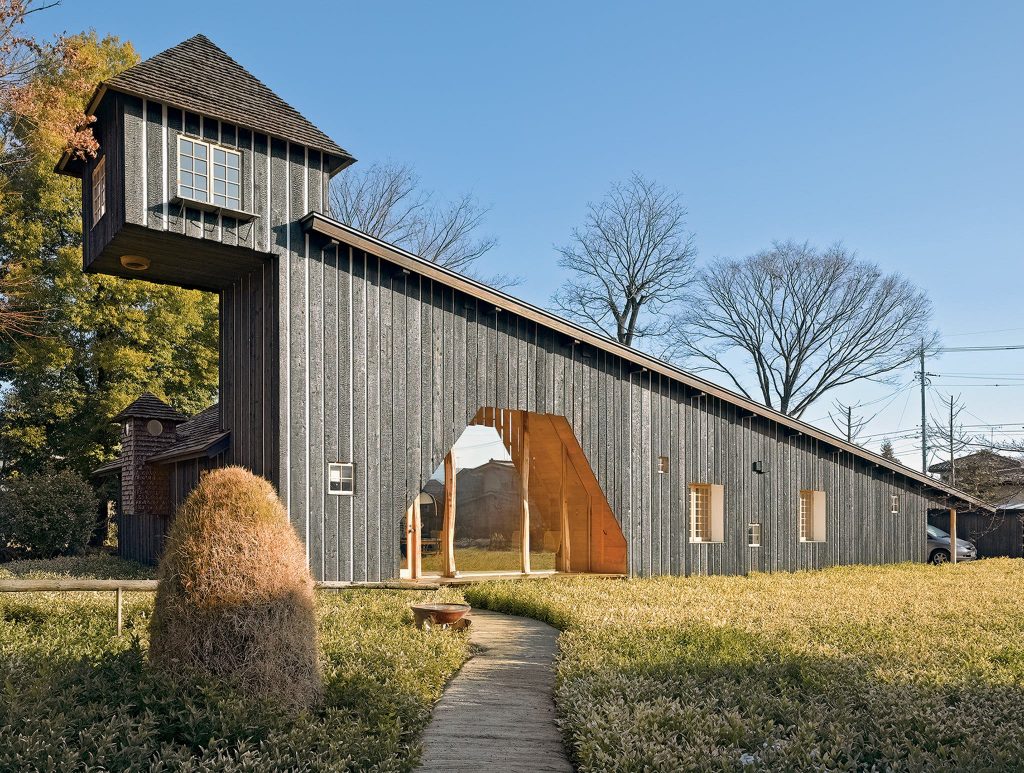
It’s a counterintuitive but ingenious idea: heating wood to render it fireproof. If you’ve ever tried to rekindle a campfire using burnt logs, you get the idea. The combustion also neutralizes the cellulose in the wood — the carbohydrates that termites, fungus and bacteria love — making it undesirable to pests and resistant to rot. The resulting charcoal layer repels water and prevents sun damage as well. By some estimates, boards that have undergone this process can last 80 years or more, but Japan’s Buddhist Horyuji Temple in Nara prefecture, whose five-story pagoda is one of the world’s oldest extant wooden structures, has been around for much longer. Initially built in A.D. 607, the pagoda caught fire and was rebuilt in 711 using Yakisugi.


